
Poultry value chain
The Kenyan poultry industry has been described to be characterized by dualism, com-prising both smallholder and large-scale poultry producers. The industry is described by two main production systems:
- Commercial hybrid poultry production system and
- Indigenous poultry production system.
The commercial hybrid production system is exclusively market oriented, and it relies on exotic parent and grandparent stock which are imported into the country. On the basis of level of biosecurity, farms found in this production system fall under sector 1-3 of the classification used by the Food and Agriculture Organization of the United Nations, to classify poultry systems around the world. This production system is further divided into layer and broiler sub-systems. The commercial hybrid production system is concentrated around major urban centres including Nairobi, Nakuru, Mombasa and Kisumu.
The indigenous production system is the dominant poultry system in Kenya, and it is mainly concentrated in rural areas. However, this system is becoming widespread within the peri-urban setting around Nairobi and other major towns due to an increasing preference for their meat by some urban dwellers. This production system is characterized by unconfined birds that scavenge around homesteads and they often inter-act with wild birds, besides other domestic and wild animals.

Indigenous chicken production
Kenchic is the biggest producer of day old chicks which are supplied in the Kenyan market, but other hatcheries also exists. According to a key inform-ant from the poultry breeders association, about 25% of Kenchic’s day old chicks are distributed along an integrated chain (i.e. contracted farmers who will eventually sell the birds to Kenchic slaughterhouse). However, about 75% of the day old chicks from Kenchic are also sold directly to growers or appointed agents around the country.
Furthermore, based on reports of focus group discussions with poultry farmers within the peri-urban areas of Nairobi, majority of birds produced from these smallholder farms are sold through informal chains which comprises slaughtering of mature birds at the farms backyard or in local poultry slaughter slabs, and their meat distributed to hotels/kiosks and other markets within the urban centres and also to the city market in Nairobi. The by-products from these birds including heads, intestines, livers, gizzards and feet are also sold to people who supply them to informal settlements (slums) around Nairobi and in other small urban centres where there is an established market for them. However, there is no established market for some by-products e.g. feathers, although a few farmers are reportedly using them for preparing dancing costumes for school children.
The objectives of poultry value chain study, which is part of the Urban Zoo project, includes:
- Identification of the main stakeholders and the flow of poultry products along the value chains within the urban and peri urban areas in Nairobi;
- the estimation of employment opportunities generated from the poultry sector along the dif-ferent value chains within the peri-urban setting;
- estimation of the costs and earning profiles and financial performance along the different value chains;
- and the identification of key constraints and problems (including food safety challenges) which are impacting on different actors along the different poultry value chains.
Article written by: Dr. Joshua Onono (BVM, MSc, PhD) a postdoc in the ESEI “Urban Zoo” Project
The Zoonotic and Emerging Disease group studies a range of epidemiological issues revolving around the domestic livestock, wildlife and human interface


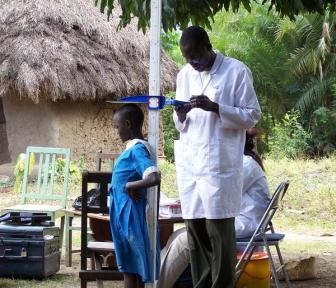
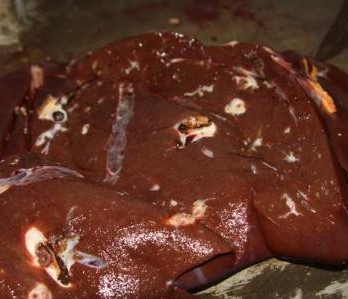

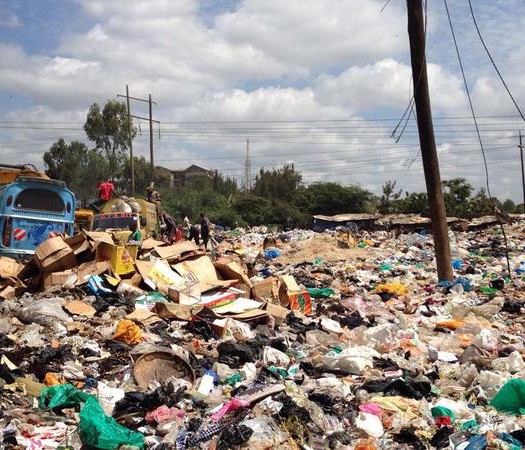
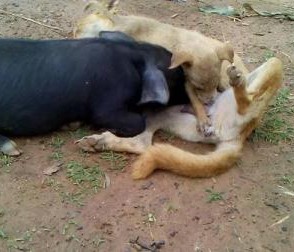

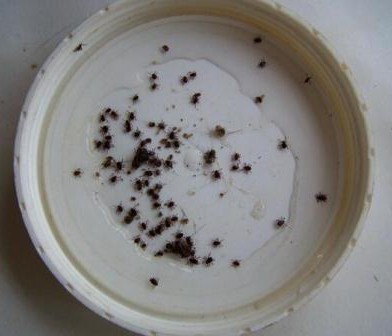
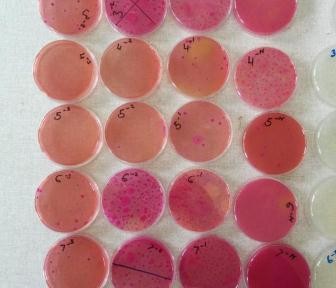
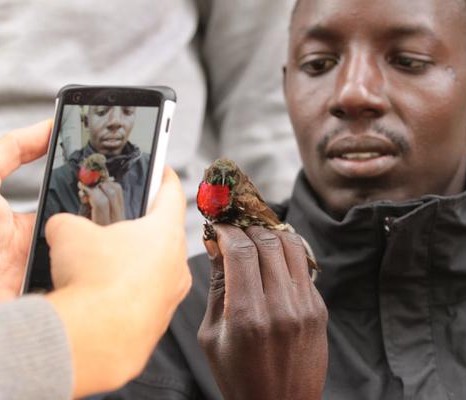
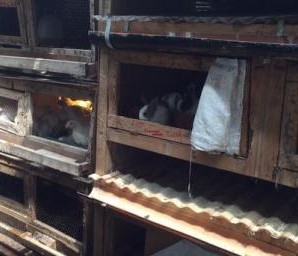



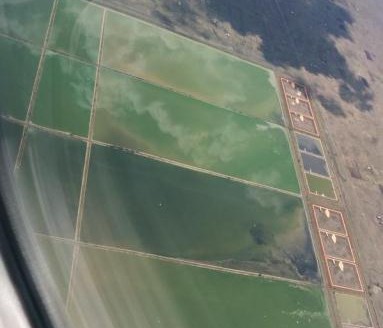
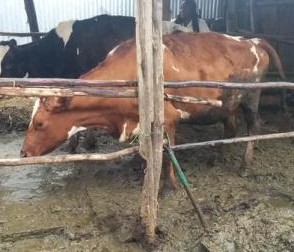
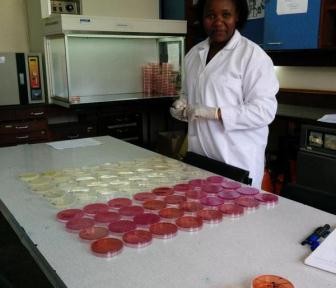






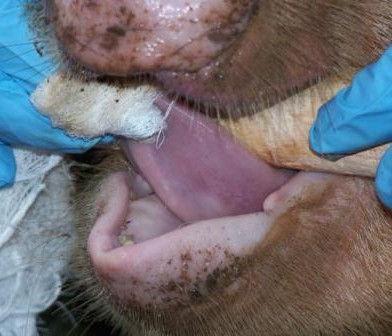

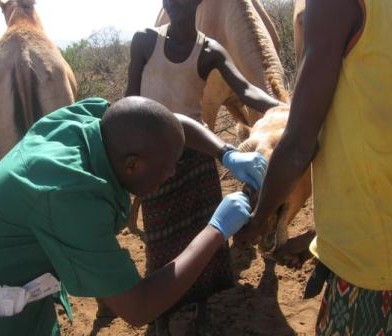
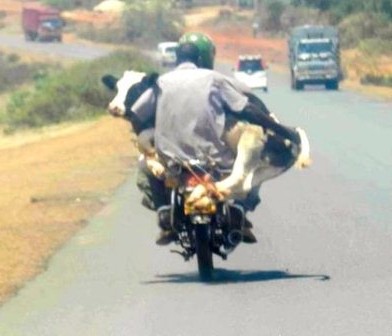
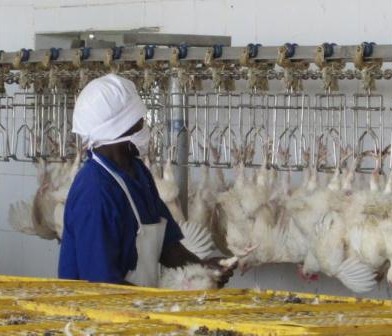
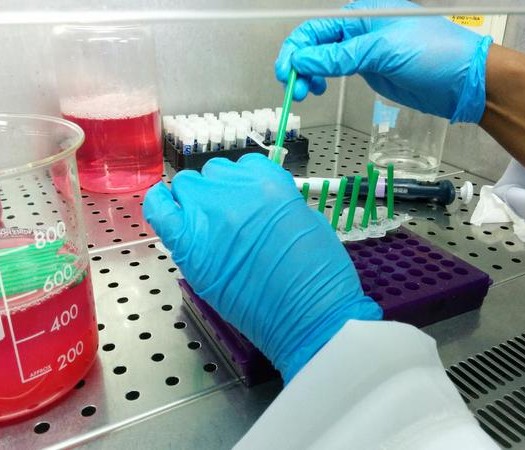
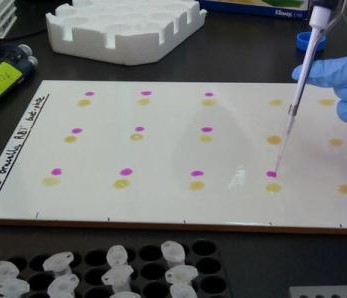
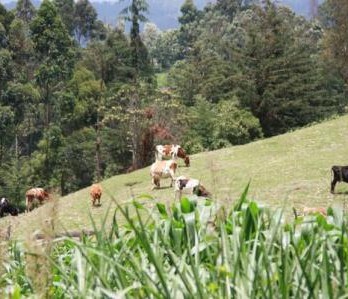


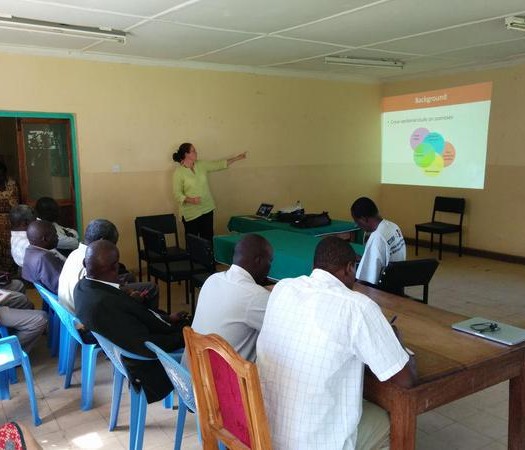
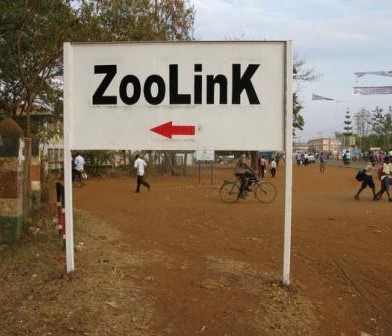

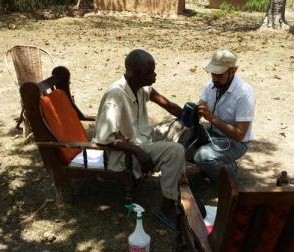

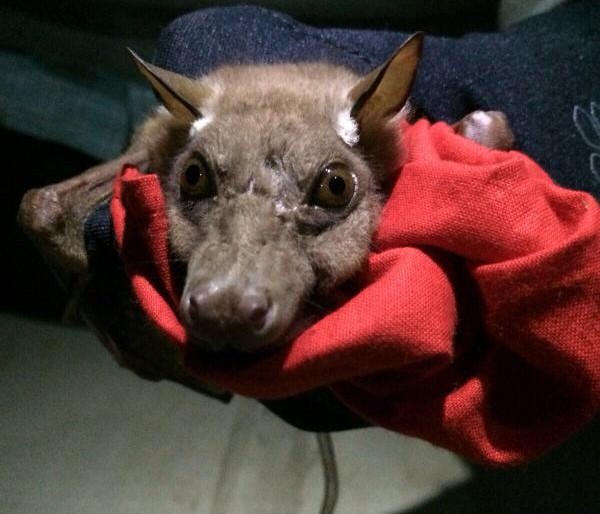




You must be logged in to post a comment.